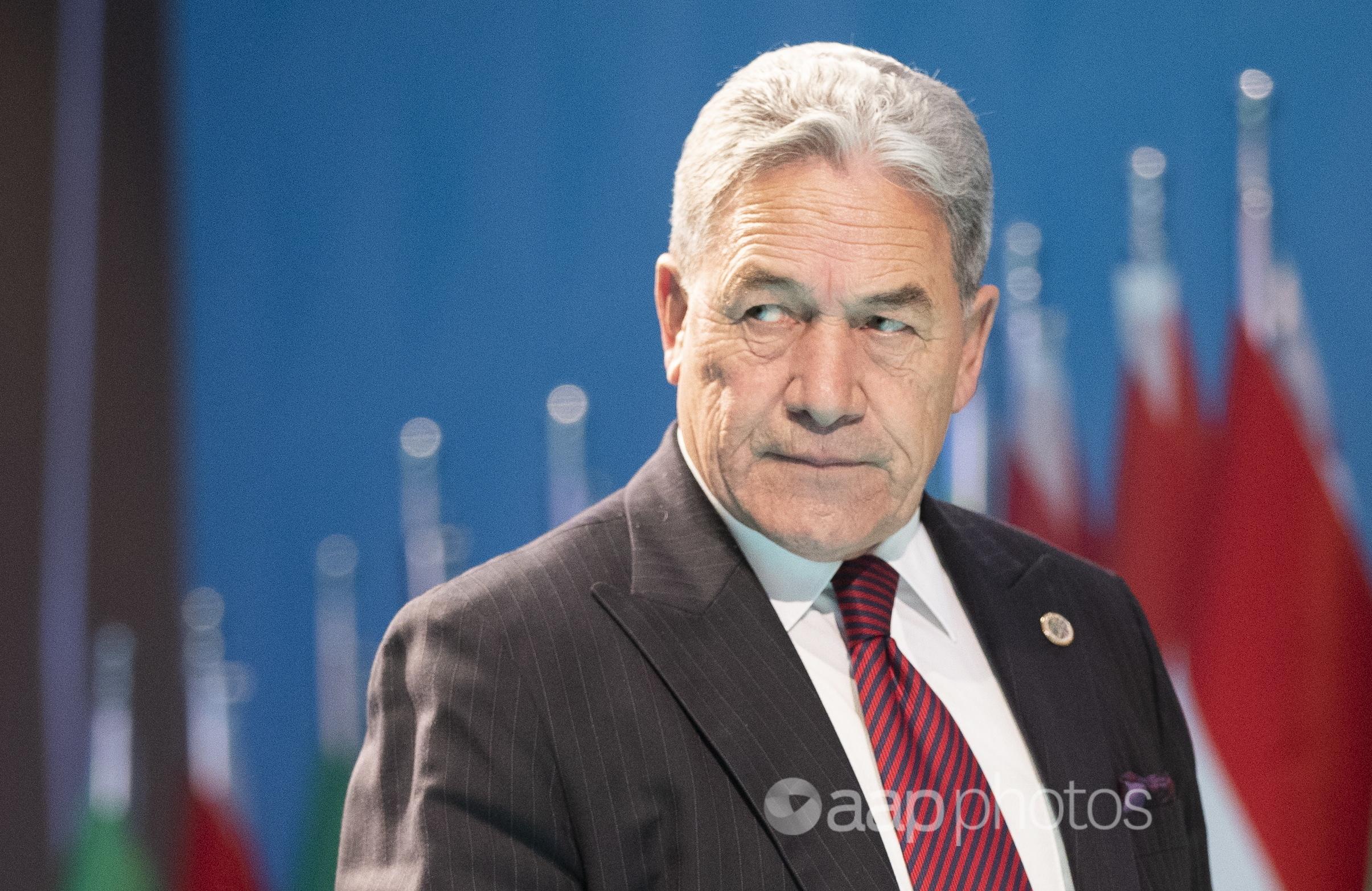AAP FactCheck Investigation: Does superannuation cost New Zealand 4.4 per cent of GDP each year – and is this low by international standards?
The Statement
“The reality is we are way below the international cost of superannuation, we are about 4.4 per cent of GDP.”
Winston Peters, New Zealand First leader and deputy prime minister, October 8, 2020.
The Analysis
New Zealand First leader and deputy prime minister Winston Peters has defended the cost of New Zealand’s superannuation scheme, claiming the government spends far less on retirement benefits than other countries.
Mr Peters made the statement during the TVNZ Multi-party Debate on October 8, after being asked whether it was responsible for the government to keep current superannuation criteria in place in the post-COVID-19 economic climate. (Video mark 35min, 40secs).
“The reality is we are way below the international cost of superannuation, we are about 4.4 per cent of GDP,” he said in response to the suggestion.
AAP FactCheck examined Mr Peters’ statement that government spending on superannuation was 4.4 per cent of GDP, and its commitment was low by international standards.
A review of superannuation by the government’s Commission for Financial Capability, released in January, said the New Zealand Super Fund cost 4.8 per cent of GDP which was “well under what some other OECD countries already spend on pensions” (page 5). The cost was predicted to rise to seven per cent of GDP by 2060.
A Treasury update for the 2020 budget also put the government’s Superannuation Fund contribution at 4.8 per cent of GDP in the 2019/20 financial year ending June 30 (page 3).
An OECD report, Pensions at a Glance 2019, compared government spending on retirement pensions in all OECD countries using data up to 2015 and found New Zealand’s spent well below the OECD average (Table 8.3, page 199, or here).
The report put public spending on pensions at 4.9 per cent of GDP in 2015, almost half the OECD average of 8.0 per cent. Of the 36 countries analysed, only Australia, Canada, Chile, Iceland, Ireland, Israel, Korea and Mexico had lower government contributions. More recent OECD figures, based on 2017 data or the latest otherwise available, showed similar results.
A 2019 report by the University of Auckland’s Retirement Policy and Research Centre noted the OECD figures may overstate New Zealand’s relative government spending on pensions as the country’s state pension is fully taxable (page 6). This means a share of the amount the state spent on pensions would be returned as tax income.
It also noted other countries with low government contributions, like Australia, paid more to subsidise private pension contributions through preferential tax treatments than New Zealand.
University of Otago senior lecturer in economics Andrew Coleman, who has written multiple papers on New Zealand’s superannuation system, said it was true the government spent less on pensions than many other OECD countries, however this was partially because it had a younger population.
“Mr Peters statement is true, but it’s not the whole truth,” Dr Coleman told AAP FactCheck. “It doesn’t illustrate the whole picture.”
Based on figures from the OECD, 15.29 per cent of New Zealand’s population was aged over 65 in 2018, below the OECD average of 17.2 per cent.
NZ also had radically different pension scheme compared to most OECD countries as retirees were generally paid a flat rate funded by general taxation, Mr Coleman said. Many other countries had mixed systems through which retirees were paid pensions based on their incomes.
This meant, compared to other countries, New Zealand’s pension was relatively high for those on low incomes and relatively low for those on high incomes, he said.
The Verdict
AAP FactCheck found the statement that government spending on superannuation was 4.4 per cent of GDP and this figure was low by international standards to be mostly true.
Treasury figures show government spending on superannuation is 4.8 per cent and a recent OECD report found this was well below the average across the developed world. However this can be partly explained by New Zealand’s relatively low proportion of people aged over 65.
Mostly True – The claim is mostly accurate but there is a minor error or problem.
* AAP FactCheck is accredited by the Poynter Institute’s International Fact-Checking Network, which promotes best practice through a stringent and transparent Code of Principles. https://aap.com.au/
All information, text and images included on the AAP Websites is for personal use only and may not be re-written, copied, re-sold or re-distributed, framed, linked, shared onto social media or otherwise used whether for compensation of any kind or not, unless you have the prior written permission of AAP. For more information, please refer to our standard terms and conditions.


















